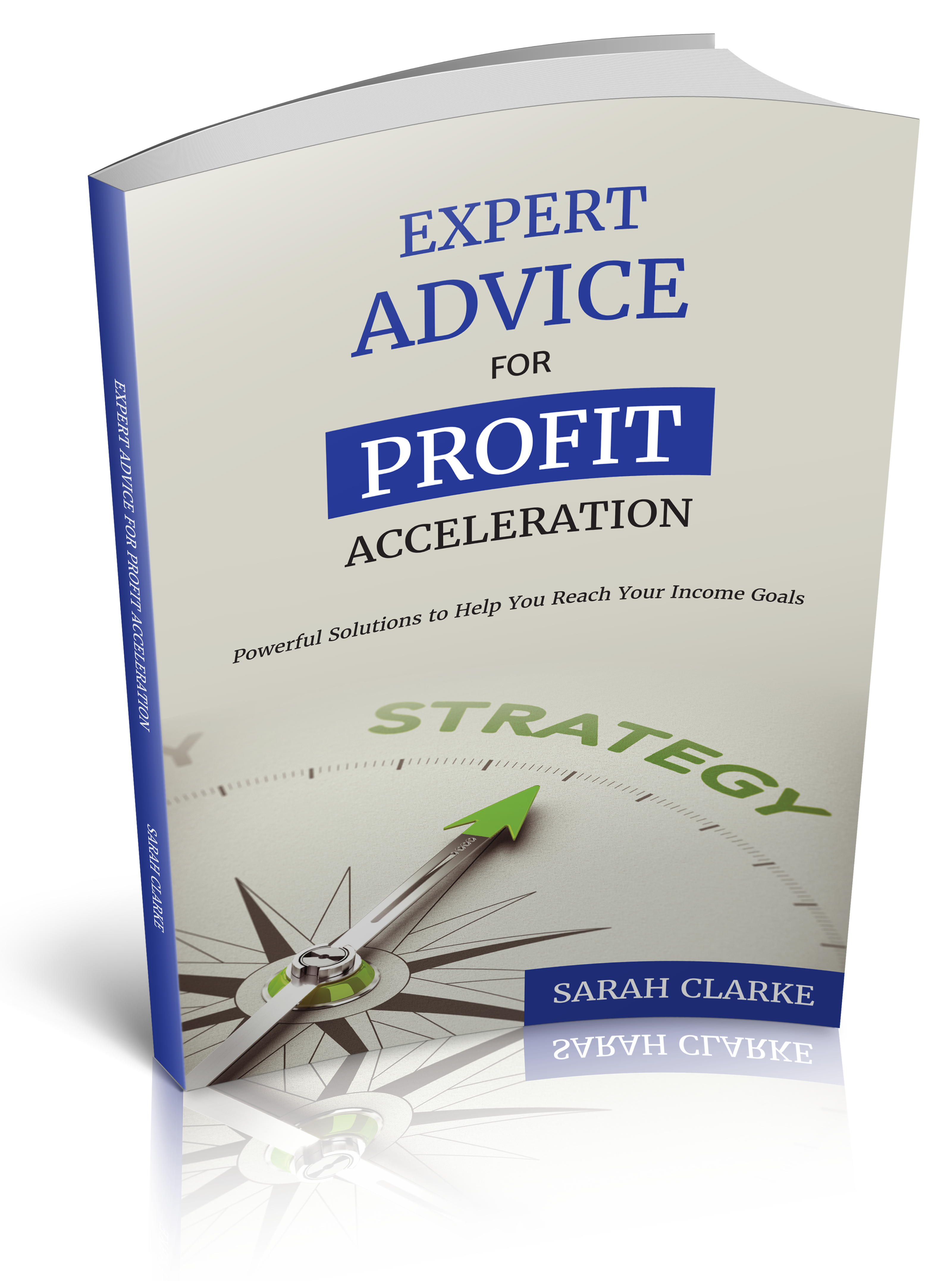Transform Your Business
Multiply Your Profits
Reclaim Your Life
Most business owners think growth comes from working harder or spending more. But lasting profitability comes from smarter systems, strategic positioning, and exponential growth tactics your competitors don’t know about.
With my proven Profit Acceleration Method, you can identify 12 hidden areas of your business where small shifts create massive financial breakthroughs - often in a single afternoon.
Watch my detailed video to learn a simple strategy and
Unlock your free training to break through!
Does this Sound Familiar?
I am Selling more,
but keeping less
I am working non-stop, but missing everything else.
I wish i could access the profit potential in my business
my team works hard, but results aren't matching
I feel stuck making choices without clarity
i Believe in what's possible and i'm ready to go after it
If you’ve been struggling on your own, I know how tough it can be.
But the good news is growing your profits might be closer than you think.
Let’s explore how we can turn things around and get you back on track.
MEET YOUR COACH, SARAH CLARKE

Founder of ProfitAdvisors, MBA, and Profit Growth Specialist with 25+ years of experience, I help business owners turn dedication into real results.
I've partnered with businesses across industries locally and nationwide to boost profitability, simplify decision making, and build companies that thrive without burning out their leaders.
My philosophy is simple: your business should work for you, not the other way around. I focus on strategic growth that aligns with your personal goals, so you can create a business that supports the life you want.
If you're feeling stuck, overwhelmed, or unsure about the next move, I'll help you cut through the noise, gain clarity, and build a roadmap that moves you forward.
From improving operations and financial performance to strengthening leadership and team dynamics, I deliver actionable strategies that create sustainable success.
Download my free book


What's Inside:
Powerful solutions to reach your income goals.
Price: $29.99
Best Purchase Ever!
"Just finished Expert Advice for Profit Acceleration by Sarah Clarke - it's a goldmine! Easy to follow, full of practical tips, and I’m already seeing results in my business. If you want to grow and boost profits, this book is a must read!"- Meg
Client Wins We Live For...
Coaching that Fits Your Business

One-On-One Coaching
I’ll help you generate qualified leads, close more sales, and position your business as the dominant player in your market affordably and efficiently.

Group Coaching
Join a community of like-minded business owners who share your goals. Learn practical growth systems, exchange ideas, and apply strategies in real time.

Profit Acceleration Simulator
Discover your revenue growth potential through a complimentary detailed assessment of 12 profit-drivers. You’ll receive a tailored roadmap showing how to grow your business step by step.

DIY Online Learning
Access our library of tools and video classes, to grow your business. Includes profit calculators, e-classes, and proven marketing frameworks , all free to start.
Driving Growth, Amplifying Impact



Innovation
Fresh, creative solutions.

Integrity
Honesty and transparency.

Excellence
Top-notch services.
Address
Office: Bellingham, WA
Phone Number:
(360) 745-1245
***DISCLAIMER:
The information contained on this Website and the resources available for download through this website is not intended as, and shall not be understood or construed as, professional advice. While the employees and/or owners of the Company are professionals and the information provided on this Website relates to issues within the Company’s area of professionalism, the information contained on this Website is not a substitute for advice from a professional who is aware of the facts and circumstances of your individual situation. Nothing on this site, nor advice from our experts, shall constitute legal advice.
Copyright 2025© Profit Advisors | Sarah Clarke | Bellingham, WA, US
